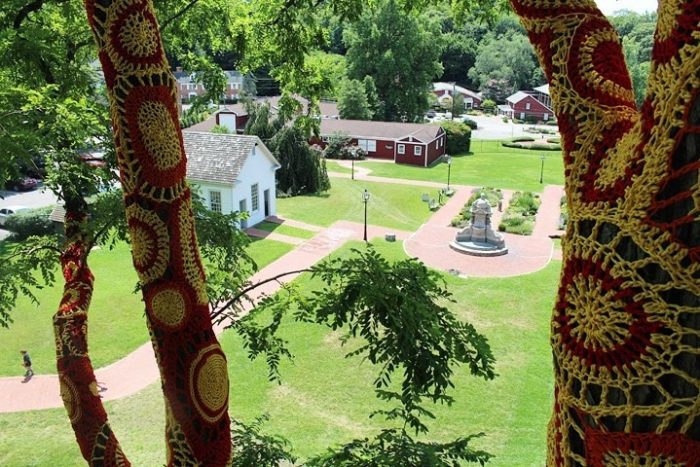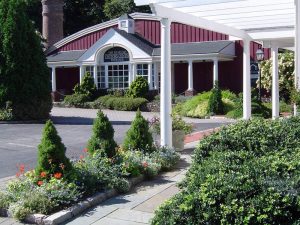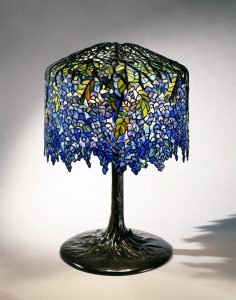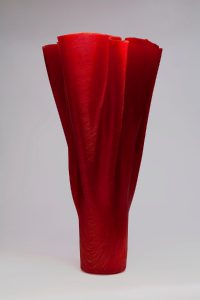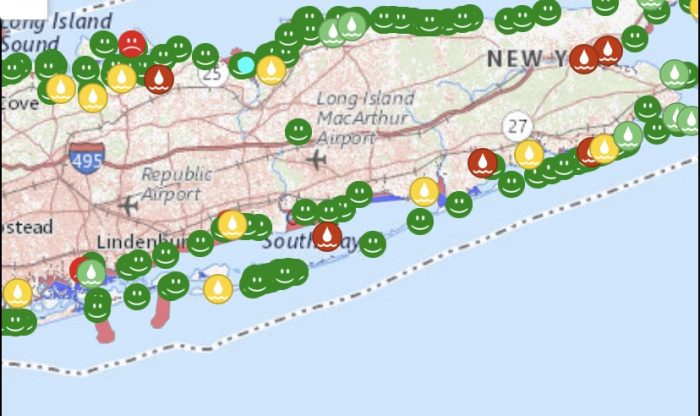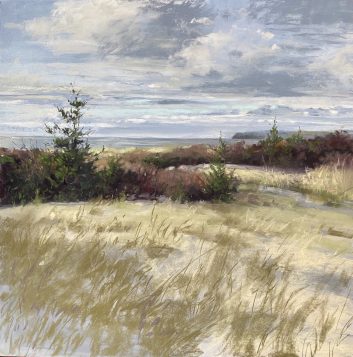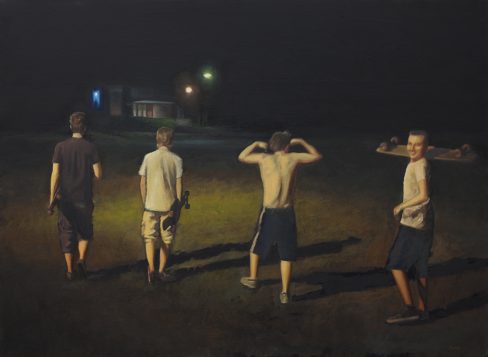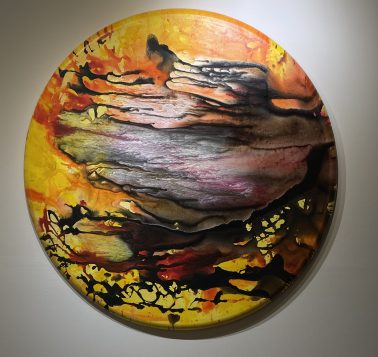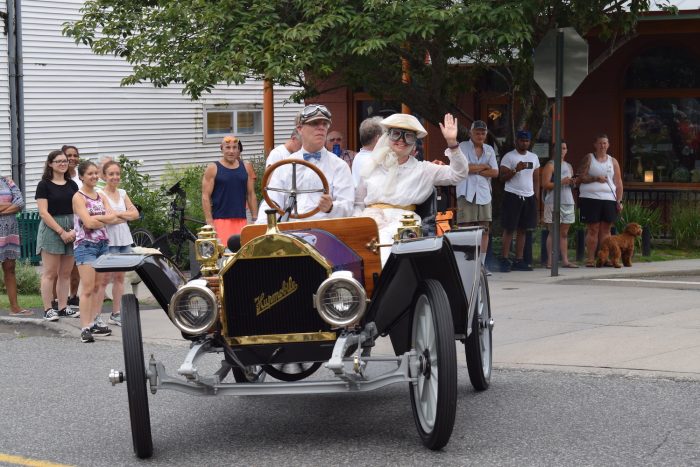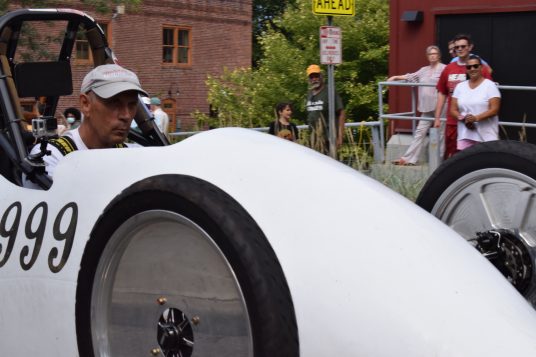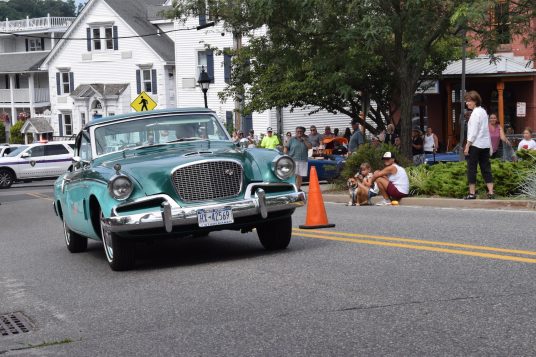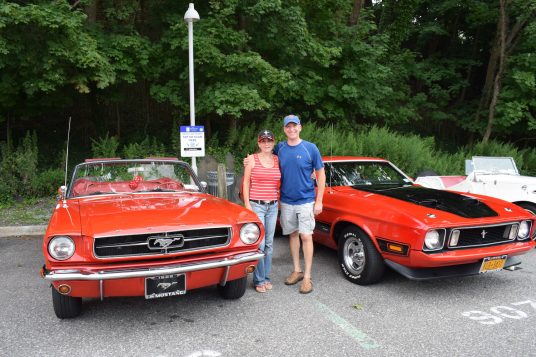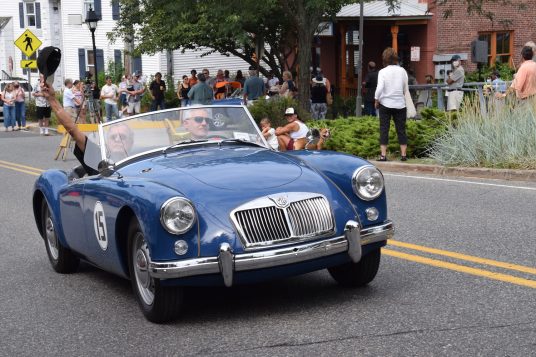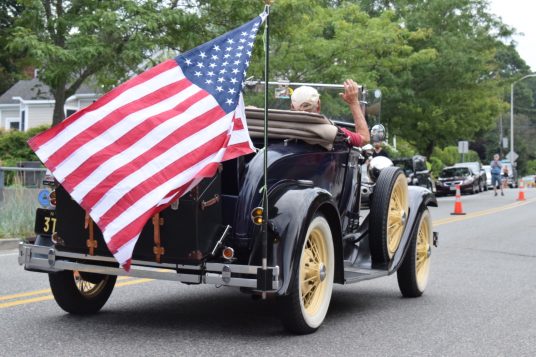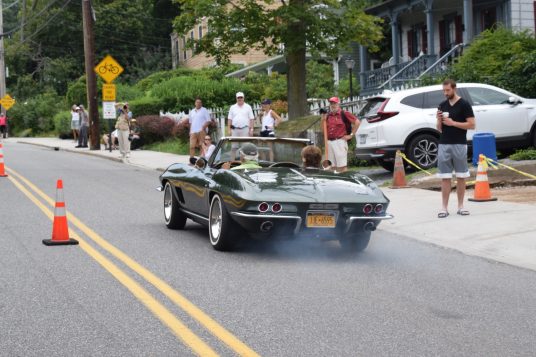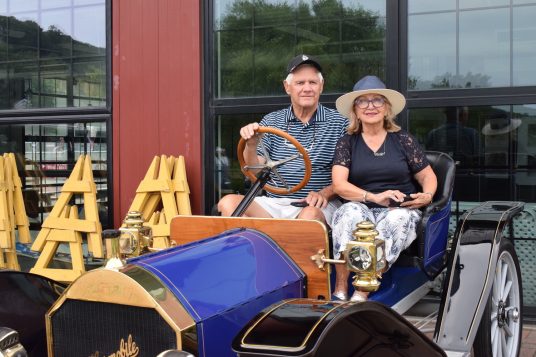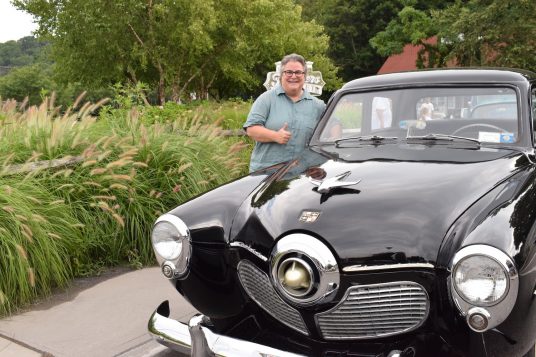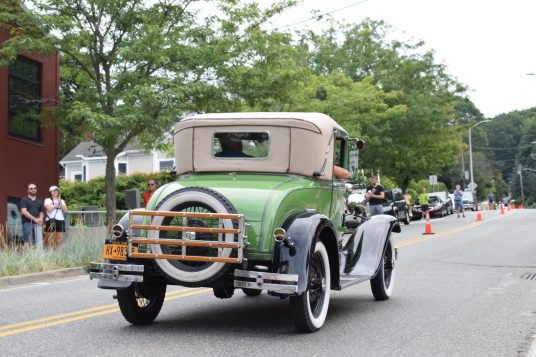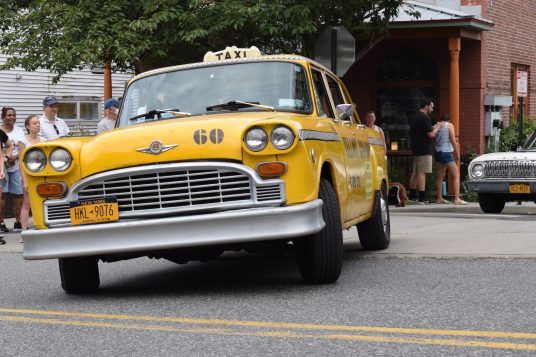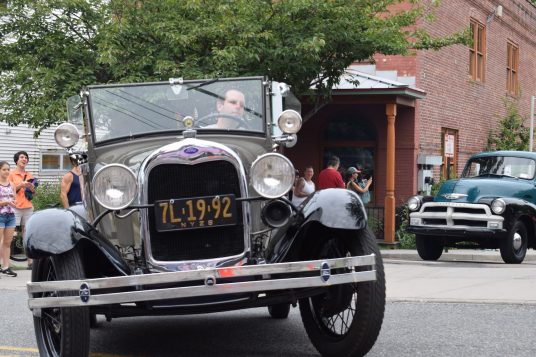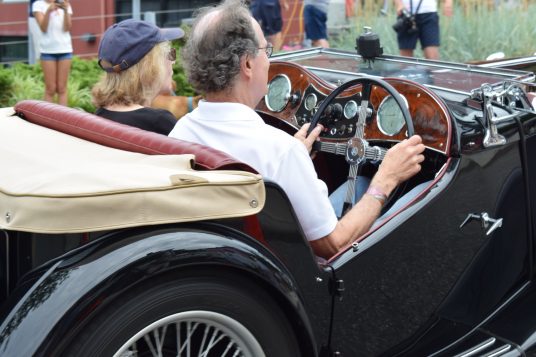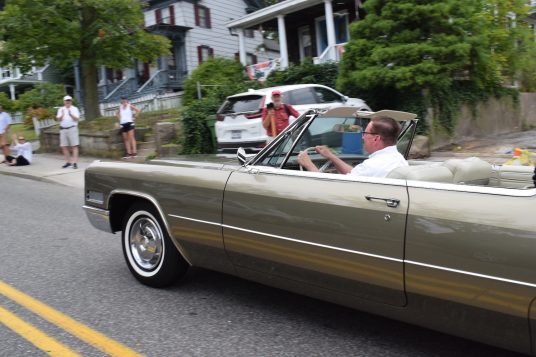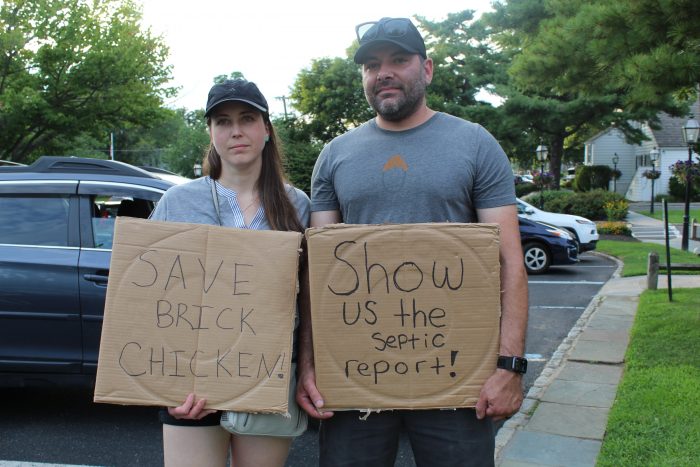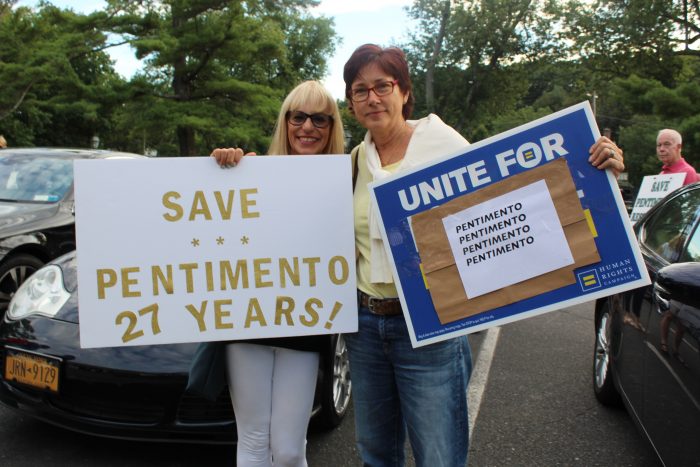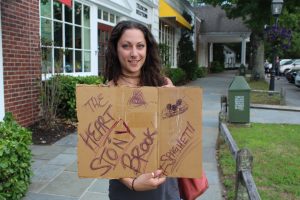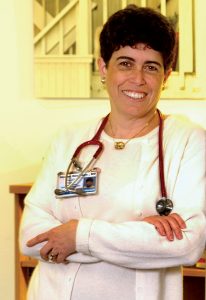By Daniel Dunaief

Welcome to Dan Dunaief HS or DDHS. I know it’s an odd time to start a new high school, but children need to learn, even during a pandemic.
Originally, I was planning to have everyone come to a pep rally on the first day of school. After all the restrictions of last year, it only seemed fitting to bring the kids together in the gym and celebrate the chance to sit in 1950s style wooden bleachers that rock when someone walks a few steps.
But, then, I realized we don’t have a basketball, football or squash team, we haven’t picked school colors, we don’t have a school song and, most importantly, we are in a difficult spot with the pandemic.
I know your kids are exhausted from dealing with the virus. Who can blame them? Aren’t we all?
At first, I thought we’d avoid the whole topic and stick to the basics in school.
But, then, it occurred to me that avoiding a virus that has now affected three school years wouldn’t make it better. We can try not to think about it, but that doesn’t make it go away. Information and knowledge will help these students understand the strange world that surrounds them and might empower them to feel as if they’re doing something about it, even if it’s just learning more about a time that future generations will no doubt study carefully, scrutinizing our every move as if we were some kind of early laboratory experiment.
With that in mind, I gave the curriculum serious consideration. I thought about all the standard ways students have learned.
Ultimately, I decided to turn toward the academic vortex. At DDHS, at least for the first year or so, we’re going to encourage students to study the real challenges of the world around them.
For starters, in our art class, we’re going to have design competitions for the front and back of masks. The winners will provide masks that the entire school will wear each week.
Then, in an engineering class, we’ll work on creating masks that are more comfortable and just as effective as the ones that make our faces sweat. Maybe this class can also figure out how to provide words that flash across the mask when we talk, giving people a better idea of what we’re saying behind our masks. Maybe enterprising students can design masks that cool our faces when we sweat and warm them when we’re cold, that shave or bleach unwanted hair or that act like dry-fit shirts, covering our faces without clinging to them.
In history, we’ll spend at least a semester on the Spanish Influenza. We’ll explore what leaders throughout the world did in 1918 during the last pandemic. We’ll see what worked best and what disappointed.
Our psychology class will devote itself to the conflicts between people’s perceptions of infringements on their individual freedoms and their desire to protect themselves and each other by wearing masks.
Our political science course will delve into how politics became enmeshed in the response to the virus. This class will look at which side gains, politically, amid different public health scenarios.
Science classes will explore why some people get incredibly sick from the virus, while others show no symptoms. We will also study the way the virus works, look at similar viruses and try to understand and track the development of variants.
Math will work with the science department to understand the spread of the virus and to plot various scenarios based on human behavior. Eager students in math will have the chance to demonstrate how sicknesses spread depending on the wearing of masks, the use of vaccines, and the creation of new variants.
Our language arts class will provide an outlet for students to express their hopes, dreams and concerns amid the unique challenges in their lifetime created by the pandemic.




